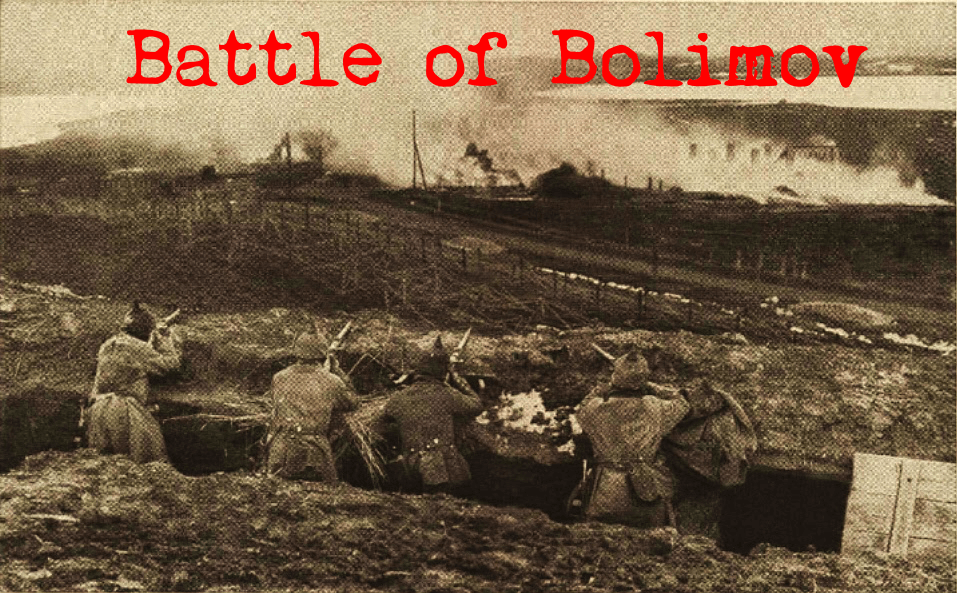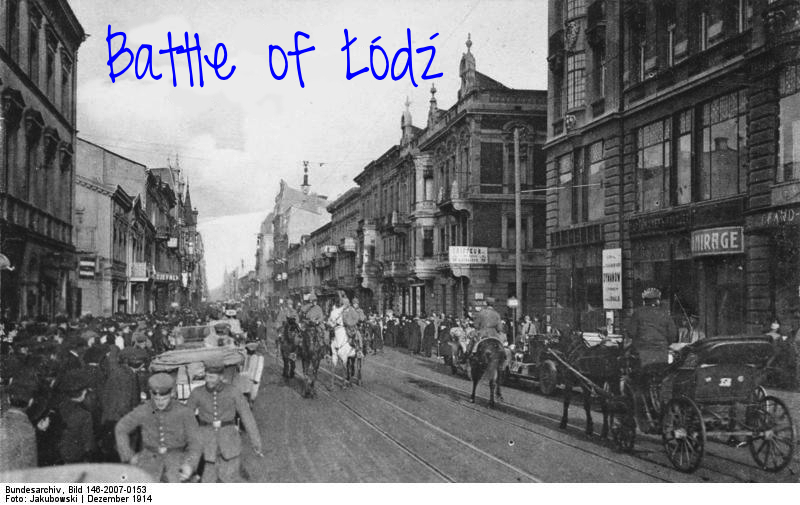Battle of Bolimov
Battle of Bolimov Fought between the German Ninth Army led by August von Mackensen and the Russian Second Army led by Smirnov, the… Read More »Battle of Bolimov
Battle of Bolimov Fought between the German Ninth Army led by August von Mackensen and the Russian Second Army led by Smirnov, the… Read More »Battle of Bolimov
Battle of Łódź The Battle of Łódź began on November 11th, as the newly formed German 9th Army, under the command of General August von… Read More »Battle of Łódź

